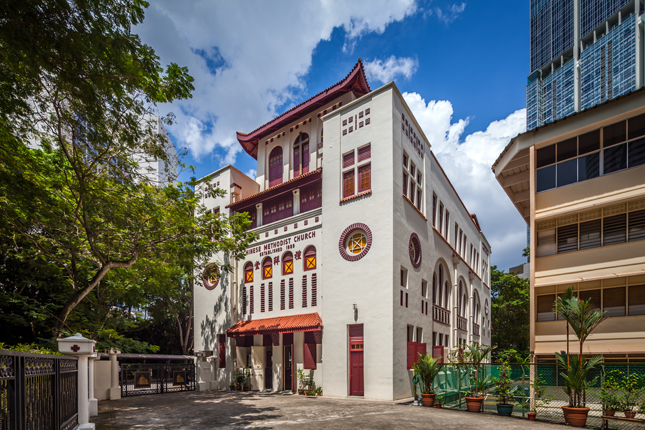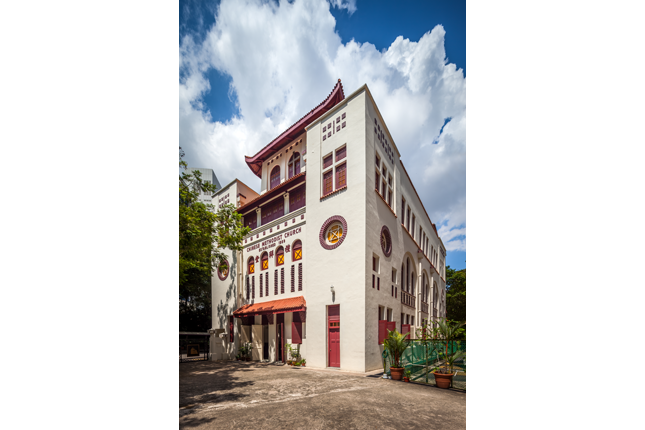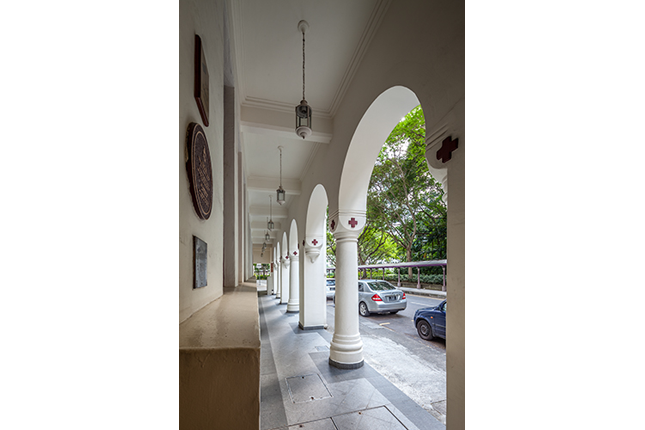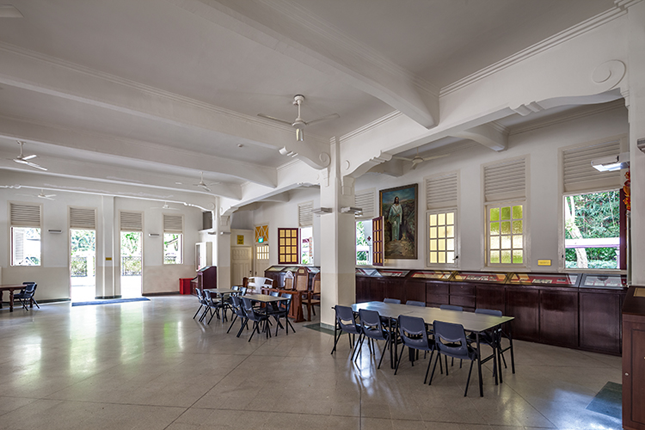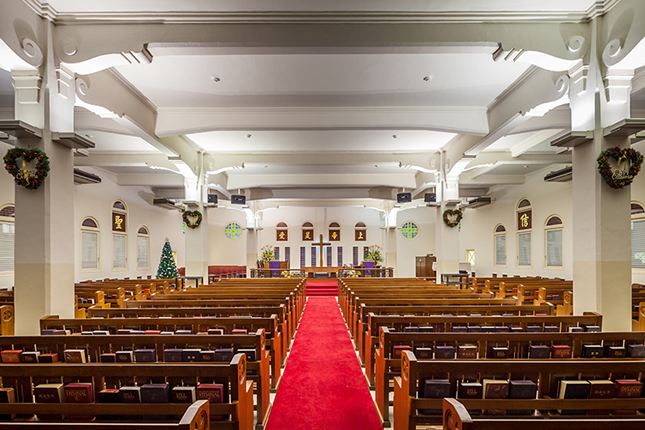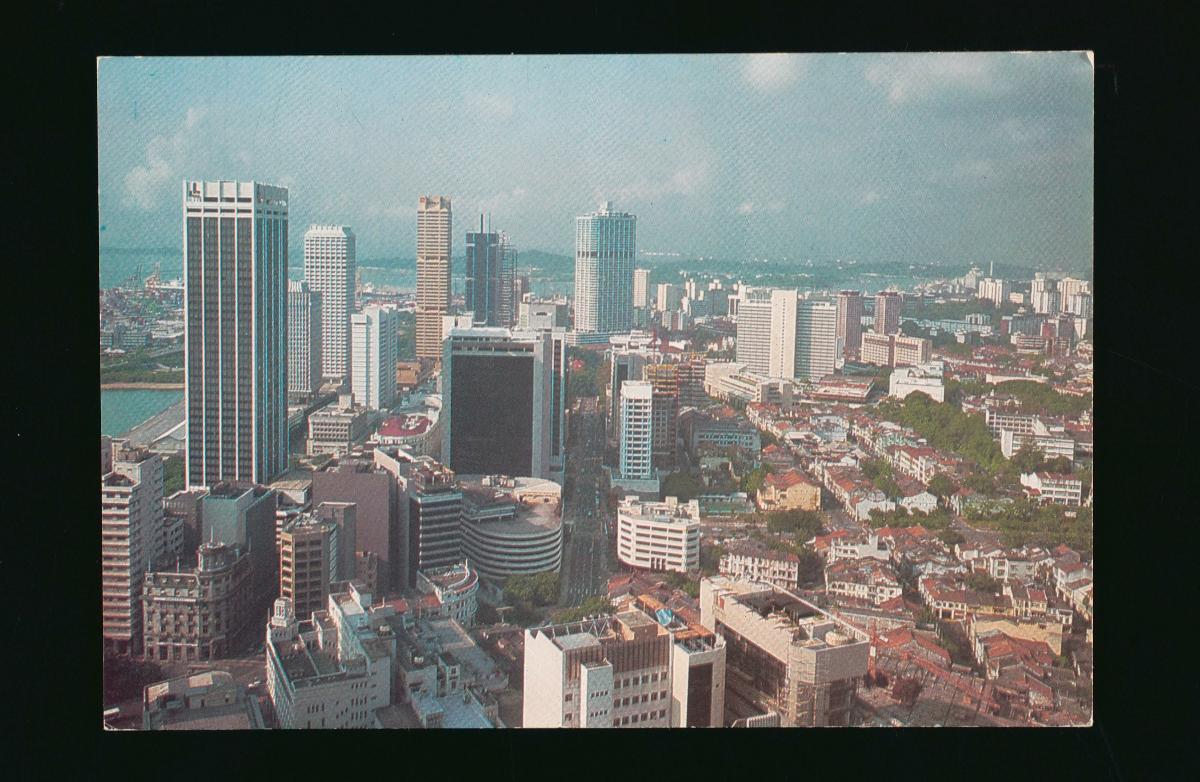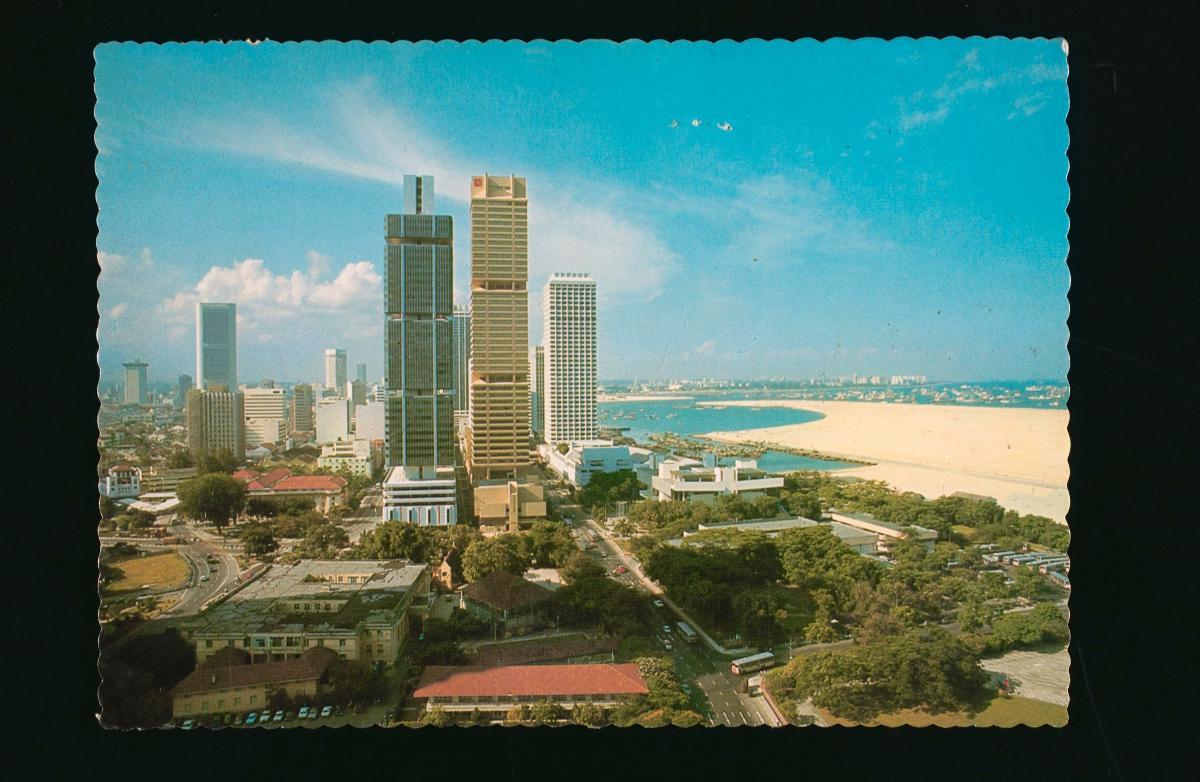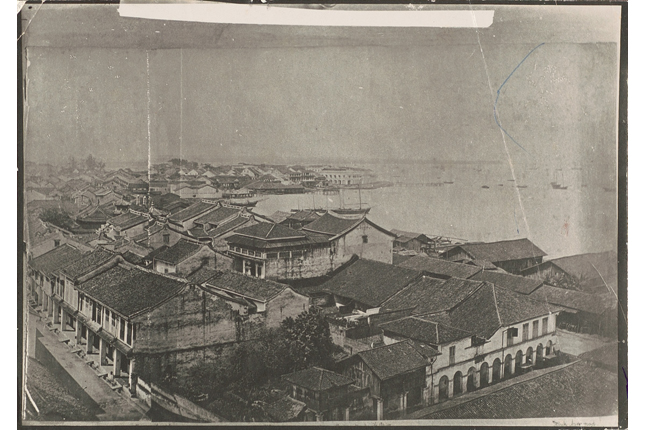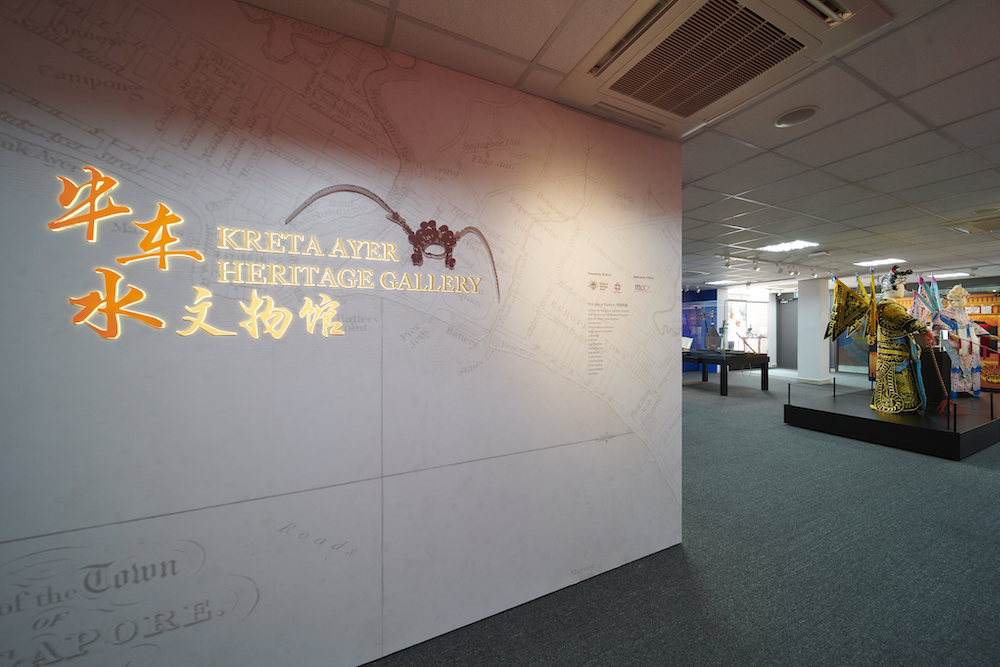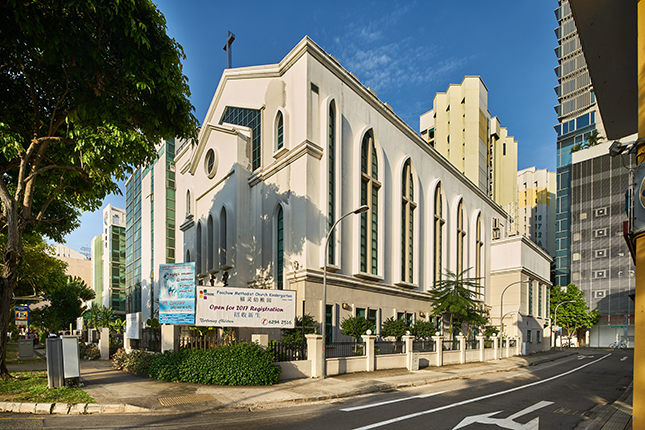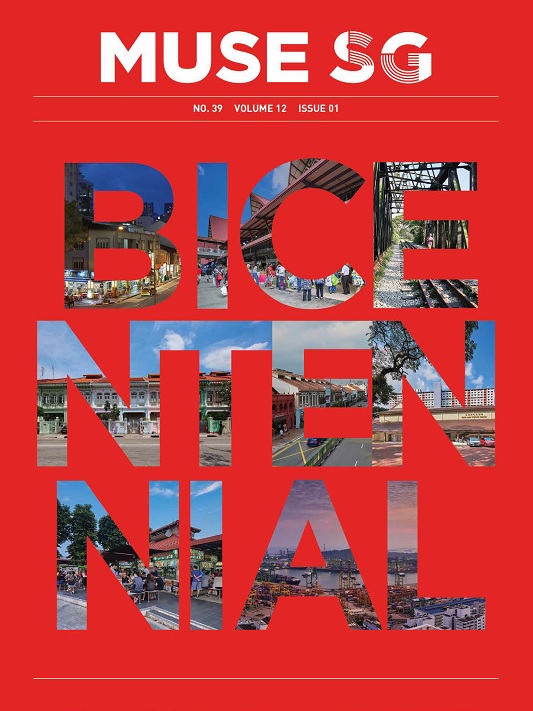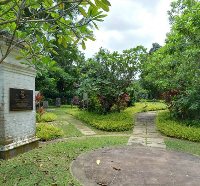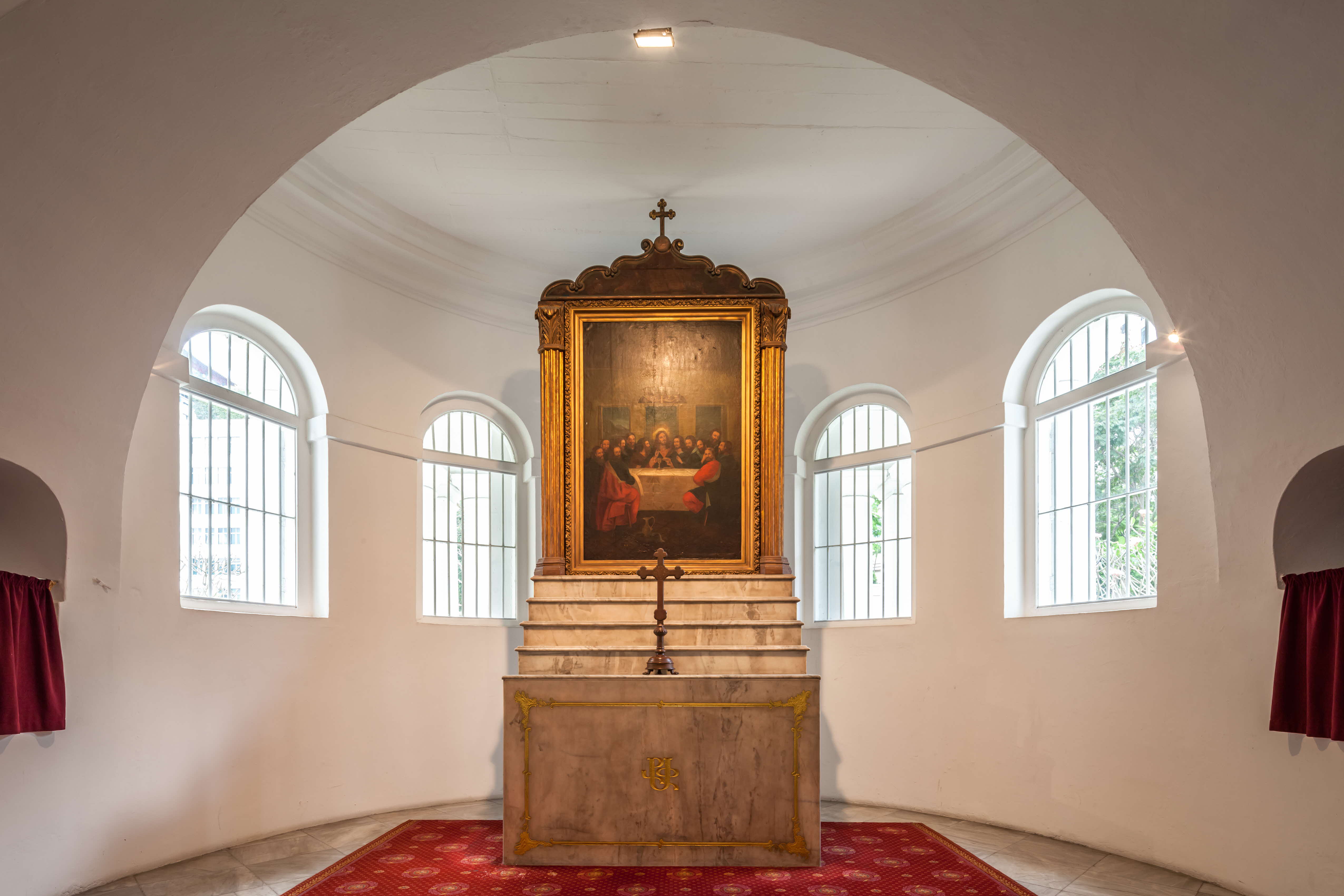Originally known as the Chinese Methodist Church, Telok Ayer Chinese Methodist Church was the first church established to cater exclusively to the spiritual needs of the Chinese Methodist community in Singapore. It bears testimony to the growth and development of the local Methodist Church and also serves as a reminder of the contributions of early Christian missionaries in Singapore.
Chinese Methodist Church in Singapore
The history of the Methodist Church in Singapore can be traced to the arrival of the first Methodist missionaries in Singapore, William Oldham and James Thoburn, in 1885. Two years later, an American medical doctor and Methodist missionary named Benjamin West came to Singapore with his wife. West taught briefly at Anglo-Chinese School on Amoy Street which Oldham established, before moving to Chinatown and opening a clinic in a shophouse on Upper Nankin Street (expunged; located on the site of today's Hong Lim Park) in 1889. Soon after, West converted the shophouse into a space for Sunday worship services. This was the humble beginning of Telok Ayer Chinese Methodist Church.
Initially, the congregation comprised mainly Hokkien and Foochow Chinese. As those speaking the Foochow dialect increased in number, they left to form a new church, Foochow Methodist Church. The remaining congregation at Telok Ayer Church – as the church was known then – became predominantly Hokkien-speaking. A parcel of land at Japan Street (today’s Boon Tat Street) was subsequently acquired in 1905 to accommodate the growing congregation.
In 1913, the church’s pastor, Reverend F. H. Sullivan, bought a plot at the junction of Telok Ayer Street and Cecil Street. Services were conducted under a tent on the vacant plot, but the structure soon collapsed. While another temporary building made of wood and corrugated iron was being constructed on the same site, the Chinese congregation met in Fairfield Girls’ School on Neil Road for weekly worship.
Permanent Church for the Community
It was only in 1921 that plans to construct a permanent church building began. More land was acquired, and the foundation stone was laid by the local Methodist bishop, George. H. Bickley, on 19 January 1924. A year later, on 11 January 1925, Bishop Titus Lowe – the successor to Bishop Bickley – dedicated the sanctuary of the completed church.
In its early years, Telok Ayer Church provided welfare to its parishioners, such as helping the illiterate to write letters to be sent to their families in China. John Sung, a famous evangelist from China credited for reviving the Christian faith among Chinese in China and Southeast Asia, visited Singapore and conducted several revival meetings in the church in 1935.
Second World War
When the Japanese began attacking Singapore at the start of the war, the church’s exterior walls along the five-foot-way were thickened to provide additional protection against stray bullets and bomb shrapnel. About 300 refugees took shelter within the church building. During the Japanese Occupation (1942–1945), weekly Sunday services continued to be held.
Architecture and Embellishments
Telok Ayer Chinese Methodist Church’s architecture is charmingly eclectic. It was designed by Denis Santry of Swan & Maclaren, who was also the architect for the Cenotaph, Sultan Mosque, and Former Tanjong Pagar Railway Station. European architectural features, such as the extensive use of arches, can be seen around the church building. The structure on top the front of the building, however, is capped by a distinctively Chinese-style roof. In addition, the piers and columns running along the five-foot-way with small crosses decorating their cushioned capitals are features derived from Byzantine architecture. Several doors and windows with louvres ensured that the interior was well ventilated prior to the advent of air-conditioning.
On the ground level is the church’s social hall, named after Benjamin West. The sanctuary is located on the building’s second storey. Shortly after its gazette as a National Monument, the church embarked on a restoration project, during which the four original timber panels behind the altar were uncovered. On the panels are gold-leafed characters that read Shangdi shi ai (上帝是爱, ‘God is Love’). On either side of the altar are round decorative windows with coloured glass. Lining the walls of the sanctuary are six Chinese characters representing both Christian virtues and Chinese values: gong (恭, ‘reverence’ or ‘respect’), qian (虔, ‘piety’ or ‘sincerity’), sheng (圣, ‘holiness’), xin (信, ‘faith’ or ‘trustworthiness’), ren (仁, ‘benevolence’), and ren (忍, ‘tolerance’).
Telok Ayer Chinese Methodist Church Today
Telok Ayer Chinese Methodist Church celebrated its centenary anniversary in 1989. In 2004, the church erected a new building (named TA2) on Wishart Road off Telok Blangah Road to cater to the growing congregation.
Presently, Telok Ayer Chinese Methodist Church holds services in English, Mandarin, and Hokkien, and continues to be the spiritual home of many Methodists in Singapore.
Our National Monuments
Our National Monuments are an integral part of Singapore’s built heritage, which the National Heritage Board (NHB) preserves and promotes for posterity. They are monuments and sites that are accorded the highest level of protection in Singapore.




